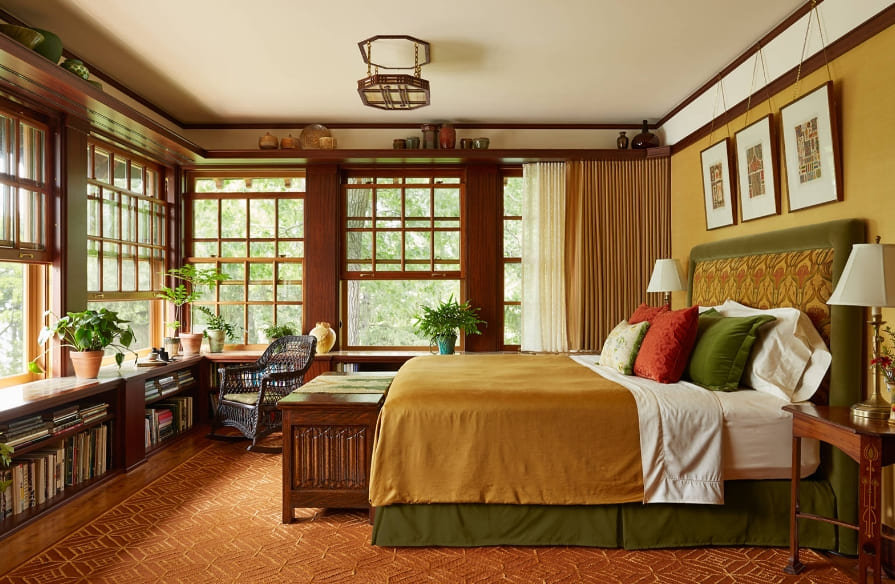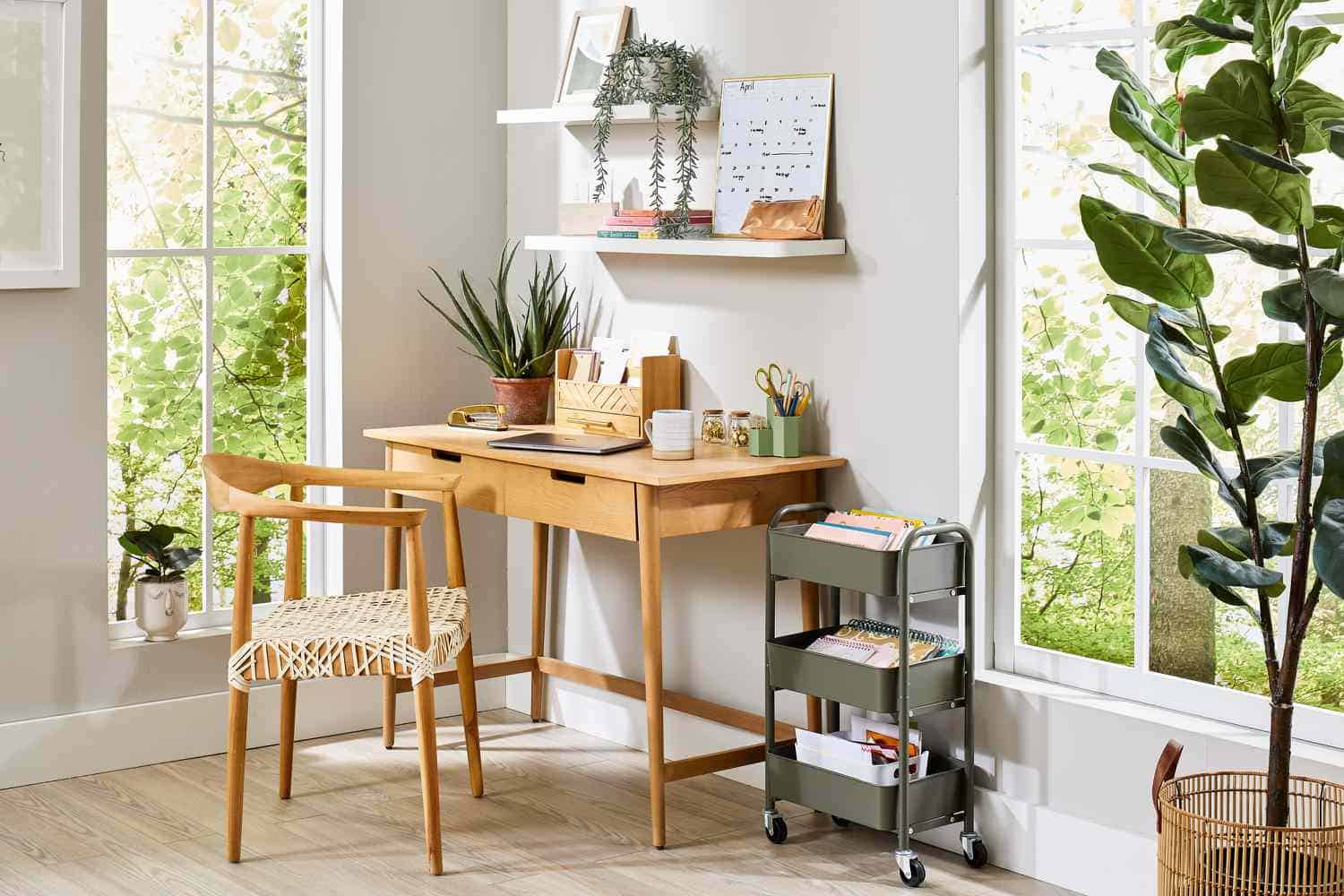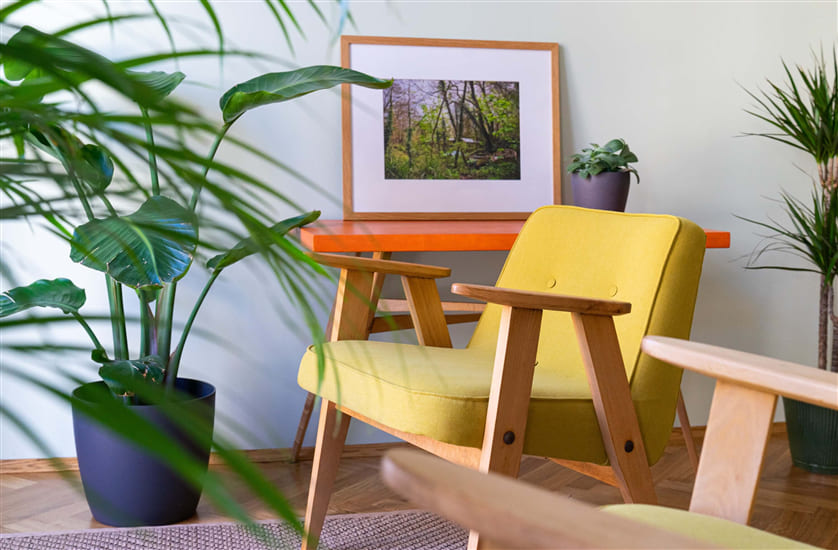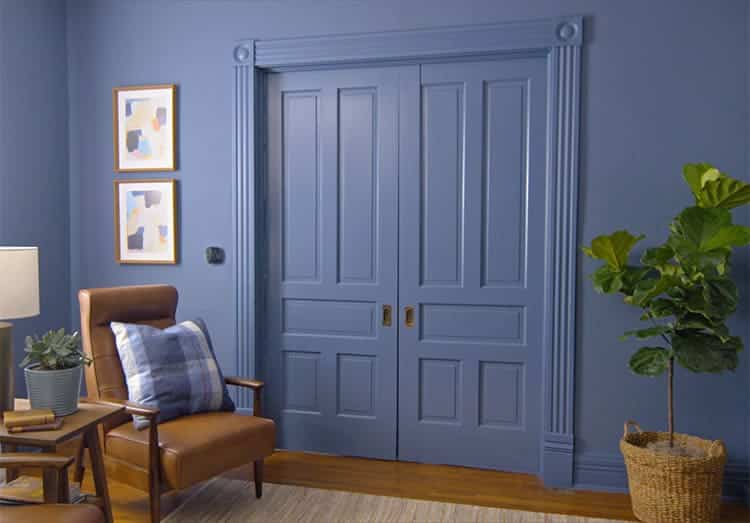Interior design is a captivating blend of artistry and functionality, transforming mere spaces into immersive environments that reflect personality, purpose, and practicality. At its essence, it’s about crafting atmospheres that resonate with inhabitants while optimizing the use of space. In this article, we delve into the intricacies of interior design, exploring how style and functionality converge to create harmonious living and working environments.
Understanding Style:
Style in interior design encompasses a spectrum of aesthetics, from minimalist and contemporary to rustic and vintage. Each style speaks to different sensibilities and preferences, offering unique visual narratives. For instance, minimalist design focuses on clean lines, uncluttered spaces, and a neutral color palette, fostering a sense of tranquility and simplicity. On the other hand, vintage-inspired design evokes nostalgia through curated furniture pieces, ornate details, and warm, earthy tones.
Balancing Functionality:
While style sets the tone, functionality forms the backbone of interior design. A beautifully decorated space loses its charm if it fails to serve its purpose effectively. Thus, interior designers meticulously consider the needs and lifestyle of occupants when planning layouts and selecting furnishings. For instance, in a small apartment, multifunctional furniture like sofa beds and foldable tables maximize space utilization without compromising on style. Similarly, in commercial settings such as offices, ergonomic furniture and efficient spatial organization enhance productivity and comfort.
The Role of Color and Lighting:
Color and lighting are powerful tools that can transform the ambiance of a space. The choice of colors influences mood and perception, with warm hues like red and yellow adding energy and vibrancy, while cool tones like blue and green evoke calmness and serenity. Lighting, whether natural or artificial, accentuates architectural features, highlights focal points, and creates visual interest. Designers employ a combination of ambient, task, and accent lighting to achieve the desired atmosphere and functionality within a space.
Creating Cohesive Spaces:
A cohesive interior design scheme seamlessly integrates different elements to form a unified whole. This involves careful coordination of colors, textures, patterns, and materials throughout the space. For instance, in an open-plan living area, continuity can be achieved by using consistent flooring materials or a shared color palette across different zones. Additionally, incorporating elements of nature such as indoor plants or natural wood accents adds warmth and organic charm, further enhancing the overall cohesion of the design.
Personalization and Adaptability:
While adhering to design principles is essential, personalization adds depth and character to interior spaces. Designers often collaborate closely with clients to understand their preferences, lifestyle, and aspirations, integrating personal touches that reflect their identity and values. Moreover, designing for adaptability ensures that spaces can evolve with changing needs and trends. Modular furniture, versatile layouts, and flexible storage solutions empower occupants to customize their environment according to their evolving requirements.
Conclusion:
In conclusion, interior design is a dynamic art form that harmonizes style and functionality to create inspiring spaces that enrich our lives. By understanding the interplay between aesthetics and practicality, designers orchestrate environments that captivate the senses while supporting the activities and well-being of inhabitants. Whether it’s a cozy home retreat, a bustling office hub, or a chic retail space, the art of interior design continues to shape our experiences and elevate the way we live, work, and interact with our surroundings.





